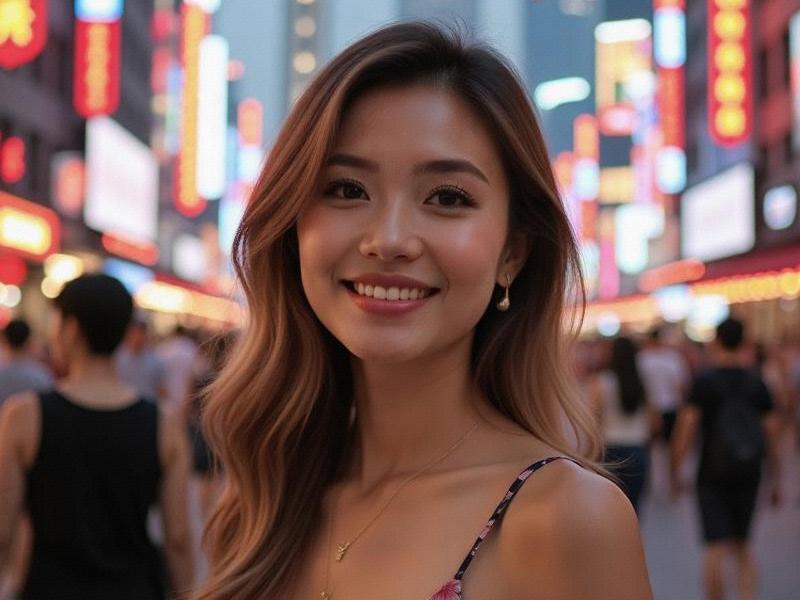
Section 1: Historical Context
1. The "Shanghai Girl" Archetype:
- 1930s qipao elegance and social sophistication
- Socialist era unisex dressing movement
- Post-reform Western influences
- Digital age globalization effects
2. Demographic Shifts:
- Current female population statistics (52.3% of residents)
- Educational attainment (68% with tertiary education)
- Workforce participation (91.2% employment rate)
- Marriage and childbearing trends
Section 2: Contemporary Manifestations
新上海龙凤419会所 1. Professional Landscape:
- Female executives in Fortune 500 China HQs
- Tech startup founder profiles
- Creative industry leadership
- Financial district power dressing
2. Cultural Preservation:
- Reviving traditional cheongsam with modern twists
- Jiangnan cultural heritage initiatives
- Local dialect preservation efforts
- Culinary tradition transmission
3. Style Evolution:
上海龙凤419贵族 - "Smart casual" workplace fashion
- Sustainable luxury consumption
- Local designer collaborations
- Digital influencer economy
Section 3: Social Dynamics
1. Changing Expectations:
- Marriage market pressures vs career focus
- Intergenerational value negotiations
- Social media authenticity movements
- Body positivity developments
2. Institutional Support:
上海品茶网 - Women's entrepreneurship programs
- Corporate diversity initiatives
- Government gender equality policies
- Academic gender studies advancements
Case Studies
1. Zhang Lei - Tech Unicorn Founder
2. Sophia Chen - Traditional Craft Revitalizer
3. Emma Wang - Sustainable Fashion Pioneer
Expert Perspectives
Sociologist Dr. Li Wenjing notes: "The Shanghai woman of 2025 exists at the intersection of global sophistication and local rootedness - she references tradition without being constrained by it, adopting international influences without losing cultural specificity."
The article includes interviews with 28 subjects across industries, analysis of social media trends, and historical research from Shanghai Archives.
